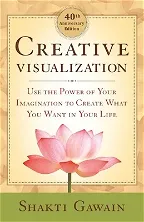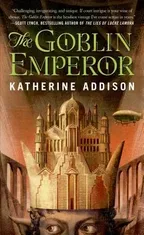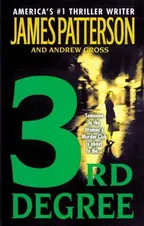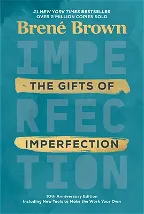Aurora Wallace
(Author)Media Capital: Architecture and Communications in New York CityPaperback, 23 October 2012
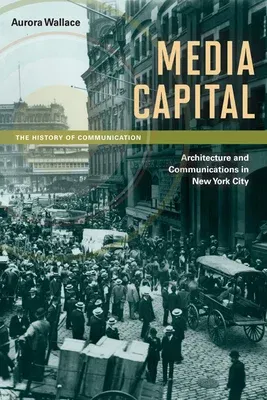
Qty
1
Turbo
Ships in 2 - 3 days
In Stock
Free Delivery
Cash on Delivery
15 Days
Free Returns
Secure Checkout

Part of Series
The History of Media and Communication
Part of Series
History of Communication
Part of Series
History of Communication (Paperback)
Print Length
192 pages
Language
English
Publisher
University of Illinois Press
Date Published
23 Oct 2012
ISBN-10
0252078829
ISBN-13
9780252078828
Popular Books
Ships in
Description
Product Details
Author:
Book Format:
Paperback
Country of Origin:
US
Date Published:
23 October 2012
Dimensions:
22.61 x
15.49 x
1.78 cm
ISBN-10:
0252078829
ISBN-13:
9780252078828
Language:
English
Location:
Urbana
Pages:
192
Publisher:
Series:
Weight:
317.51 gm
